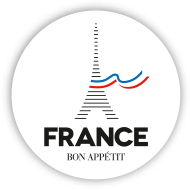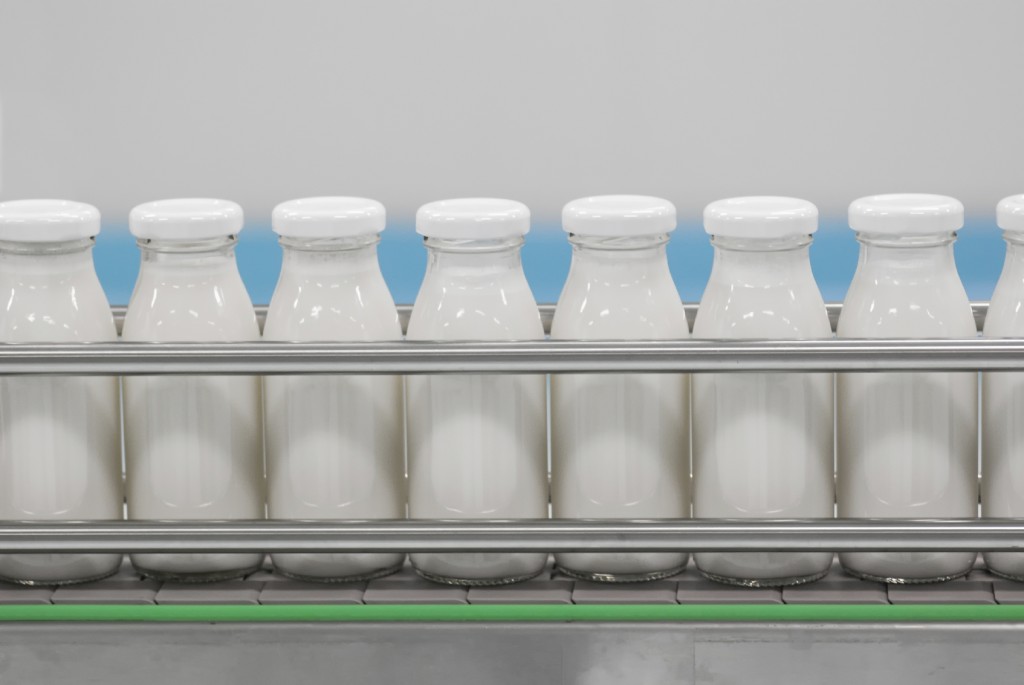
THE FRENCH
FOOD
INDUSTRY'S PORTAL
Webzine
taste it to info

How to export dairy products to Russia?
News /
Friday 12 June 2015
Gildas Cochennec, Export Director at FROMI
What is the state of the the Russian market for dairy products?
TK: The Russian market is essentially an import market. This is explained above all by the fact that the country doesn’t have enough livestock. As a result, we have to import the raw materials needed for dairy products. As far as consumption goes, the Russians are traditionally consumers of milk, thus there is a huge market potential.
In the cheese market, for example, half of all our products are locally produced and the other half are imported. In 2012, Russia produced 446,000 tons of cheese and imported another 356,000 tons from the rest of the world, 30 percent of which came from Europe.
Imports increased almost 20 percent from 2008 to 2012. At the same time, cheese consumption has risen 30 percent since 2005. The dairy products market is growing in Russia and the opportunities are endless for exporters like France.
What types of cheese and dairy products are exported by France to Russia?
GC: Russia imports mostly pasteurized soft cheeses such as camembert, brie and a bit of goat’s milk cheese. There’s also a much smaller niche market for gourmet products within large restaurants and fine grocery stores. In this high end market, there’s also a wide variety of French cheeses such as AOC Comté.
TK: France also exports Emmental in large quantities and butter (ready to consume or in bulk to be packaged directly in Russia). On the other hand, Russia imports little processed cheese because it produces lots itself. Another important point to note: Russians consume hardly any liquid milk. Bottles of milk are thus part of the high end market of dairy products that can only be found in fine grocery stores.

What countries compete with France in the dairy products market?
GC : For milk, the United States, New Zealand, Australia and Argentina are the biggest exporters. As for cheese, France competes mostly with European countries such as Germany (for blue cheeses), Italy (Parmesan cheeses) and the Netherlands (Gouda).
TK: Indeed, Germany and the Netherlands are Russia’s two biggest partners within the European Union. The two combined export 92,000 tons of cheese to Russia, or almost half of all Russian imports from the EU in this sector. Key partners are still Ukraine and Belarus, which respectively export 55,000 and 94,000 tons of cheese to Russia.
What are France’s strong points?
TK: France has an excellent image in terms of quality and expertise. It can take advantage of this reputation to develop commercial relationships with Russia. Furthermore, French products are complementary to those produced by Russia, so there’s no competition between the two.
In order to export to Russia, what must be taken into account?
GC: Dairy products, particularly cheeses, are fresh and live products so there’s an inherent food safety risk. As a result, they must be perfectly tracable and labeled in Russian to be approved. At the same time, Russian veterinarians must come to France to visit factories and distribute accreditation documents. Without accreditation, it’s impossible to export to Russia.
Above and beyond very strict regulation procedures (customs and sanitary), the question of logistics must be taken into consideration. As cheese is a product with a certain shelf-life, how must it be transported for rapidly yet economically? By plane (costly but quick)? By boat (less expensive but slower)?
We have to take into consideration expiry dates but also the product itself: given transport time, it’s sometimes necessary to dispatch younger cheeses so that they arrive when they’re perfectly mature.
What advice would you give to parties wishing to export to Russia?
GC: It’s always easier to export to countries bordering France, and which are closer to us culturally… It’s good to start with those countries before attempting to export to countries further away.
For exports, to very distant markets, the choice of market knowledge of one’s competitors, and the sanitary, cultural and regulatory constraints are essential and above all to choose one or two local importers, identified by special organizations, which are both successful, efficient and financially sound.
To help producers who want to start exporting to distant markets, France has a number of indispensible organizations to turn to: producers’ federations, interprofessional bodies, chambers of commerce and of industry, specialized agencies such as Sopexa or Ubifrance, etc. All these actors have the tools necessary to establish a business plan, the contacts thanks to their local offices around the world, and the export experience and expertise. In short, they can help you not only in the preparation but in the execution of your project.
TK: To export to Russia, perseverance is key! The language barrier and the differences in culture and lifestyle can impede your export projects: you have to adapt to the market demands. That’s why I strongly advise producers with export ambitions for Russia to participate in one of Russia’s large agrifood trade fairs such as World Food Moscou (editors note: the next fair will take place from September 15th to 18th , 2014). That way, producers can take a first step, make contacts on site and introduce their products to Russia.






